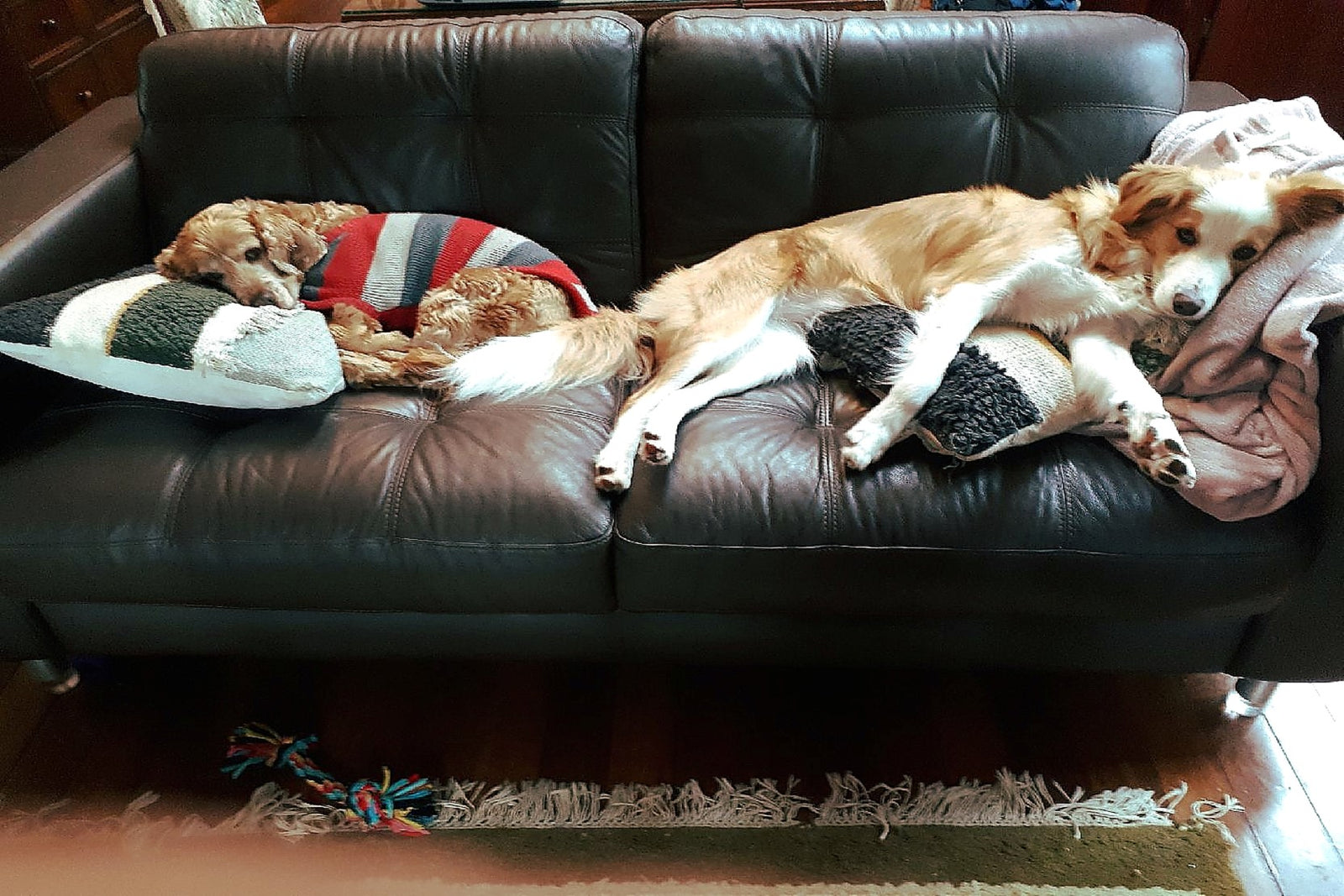Your Cart is Empty
Flat Shipping Fee of just $7.90 within USA

You have decided to take in a four-legged roommate for the first time? Then let good times begin! The animal has to be integrated into your home in an absolutely practical way. The very presence of the dog will also affect your family life. You have to plan feeding times, care treatments and walks into your daily routine.
All of this can get a little hectic in the first few weeks. But as soon as everybody has settled into the new routine, you will soon be wondering how you could ever have lived without a dog. Here you can read how best to live with your new roommate.

If you are not a homeowner, the first question is whether you can even keep a dog in the apartment building. There is no one answer to this: It all depends on the specific rental contract. This specifies whether and which animals are permitted to be kept. There are rental contracts that generally allow animals to be kept. Ultimately, the decisive factor is whether the dog can be integrated into the social life of the apartment building. With “normal” well-behaved dogs, this usually does not present a problem. However large dogs or particularly aggressive dogs may require decisions for each case.
If there is no explicit regulation in the rental contract, then it depends on whether keeping dogs in the apartment corresponds to the normal usage: No problem for smaller dogs. For a mastiff in a studio apartment, it is certainly more problematic. Even if the dog is suspected of permanently barking or appears aggressive, the landlord can prohibit you from keeping a dog. In legal jargon, this is called "weighing the interests". However, if another tenant in the same house already has a dog, the landlord cannot prohibit a new tenant from keeping a dog for no reason. Another variation common in rental contracts is when keeping dogs requires individual approval from the landlord. A general ban on keeping animals through a contract clause is, on the other hand, ineffective: Here as mentioned above, the interests of dog owner, landlord and other tenants must be weighted out.
The dog doesn't care whether you live in an old building or a one-story range or whatever the living situation looks like. Rather, very practical criteria are decisive for a suitable dwelling.
Living space: The house or apartment can be seen as a larger dog bed. Large dog breeds, such as wolfhounds, naturally need more space than smaller ones. But ultimately, every dog that is out of the litter and young dog phases spends his time at home sleeping.
Outside area: Ideal is when the dog has access to a home and an outdoor area. The jackpot would be, of course, a large garden. However, it cannot and should not replace dog walks and playing together outside. Extending the dog’s living space outside is a big plus. In a large garden, you can also set up a dog house, which offers the dog an extra retreat. But even if you don't have your own garden, keeping a dog in an apartment is not a problem as long as there is still enough space to run around during the day.

Number of stories: Contrary to popular belief, dogs are generally not harmed by climbing stairs. Exceptions are special breeds with short legs and back - such as dachshunds or bassets. And of course, animals that have health problems with bones or joints. As a tenant with a dog, you do not necessarily have to move into an apartment on the first floor. However, on steep or smooth stairs, you should make sure that the dog learns how to master the stairs safely – no running, slipping and falling. After all, one of the main causes of torn ligaments in dogs is when they joyously race down stairs and slip.
Floor area: In a household with a dog, you should make sure that as few free-standing objects (floor vases, floor lamps and the like) are placed in the rooms and the furniture is grouped so that open spaces remain in the room. The dog shouldn't have to constantly wiggle through furniture while moving and run the risk of knocking things over. For medium-sized dogs with wagging dog tails, low tables seem to be predestined for this.
Noise level: When living in an apartment building with other people, you as a dog owner should be especially considerate of the other tenants. Occasional, situation-related barking is not the main problem, but constant yapping is annoying. Also take a look at the flooring. Unlike cats, dogs cannot pull in their claws, and so noise from dogs walking across laminate or hardwood flooring cannot always be avoided in poorly soundproofed buildings. Carpeting or rugs are a good solution.
Feeding bowls: What the dining table is for people is the feeding place for the dog. Hygienic ceramic or metal bowls on a mat suffice.
A place to sleep: Depending on the size, breed and individual preferences, this can be a dog bed, a sleeping mat, a real basket or a dog igloo. What is important is a safe retreat with a comfortable surface to lie on and sleep, which has a fixed and well-placed spot in the house or apartment.

The presence of a dog will introduce a new time schedule and new responsibilities to your daily routine. Feeding times and several walks with the animal each day are now part of your program. In return, the dog quickly learns to adapt to your routine. Some dogs become active at night, get out of their dog beds and wander around. The attentive four-legged friend may react to subtle noises and keep watch over his sleeping pack. Be careful, though, as this behavior can quickly become undesirable.
By BOLLI LLC I April 26, 2020 I www.bolli.dog I Follow @bolli.dog